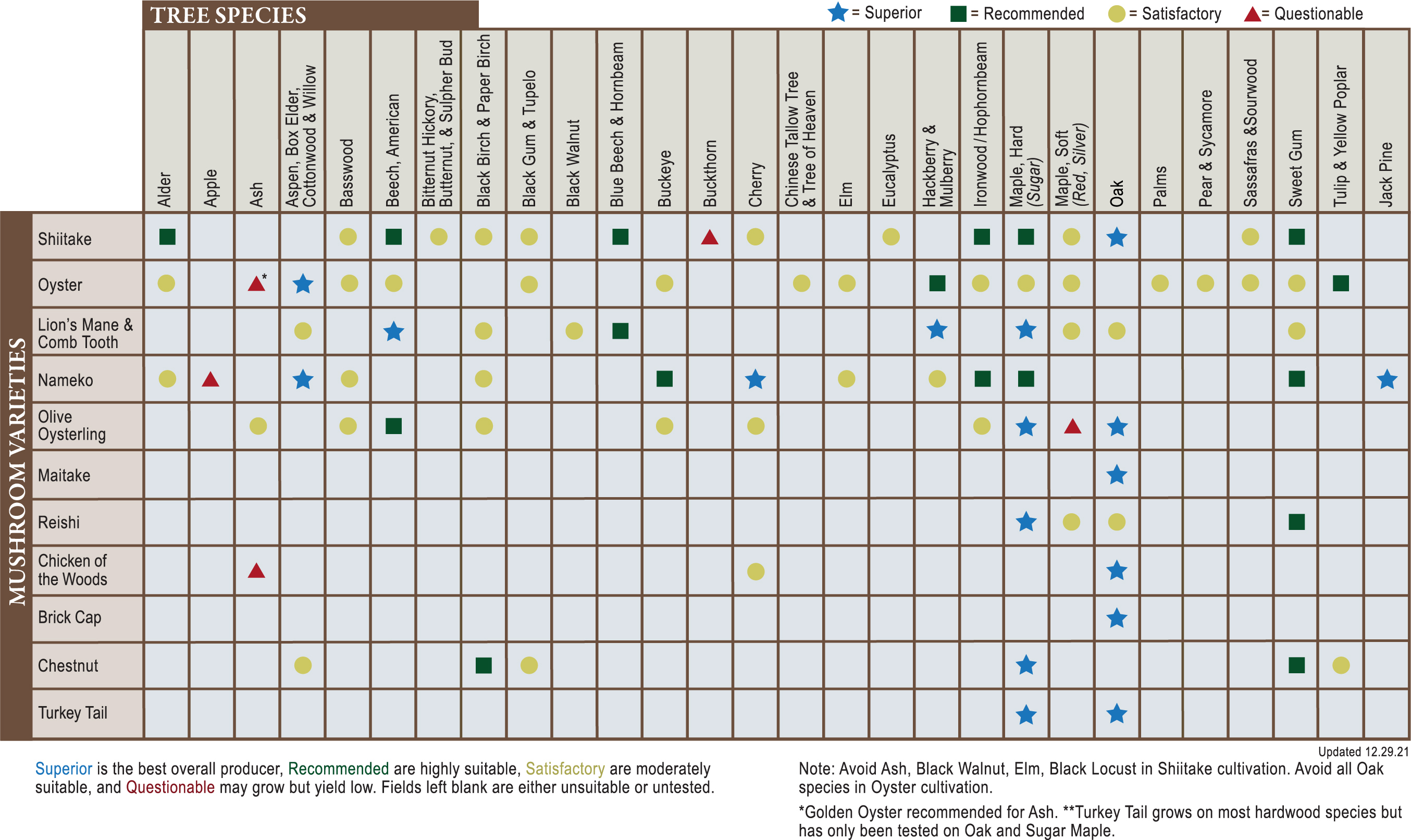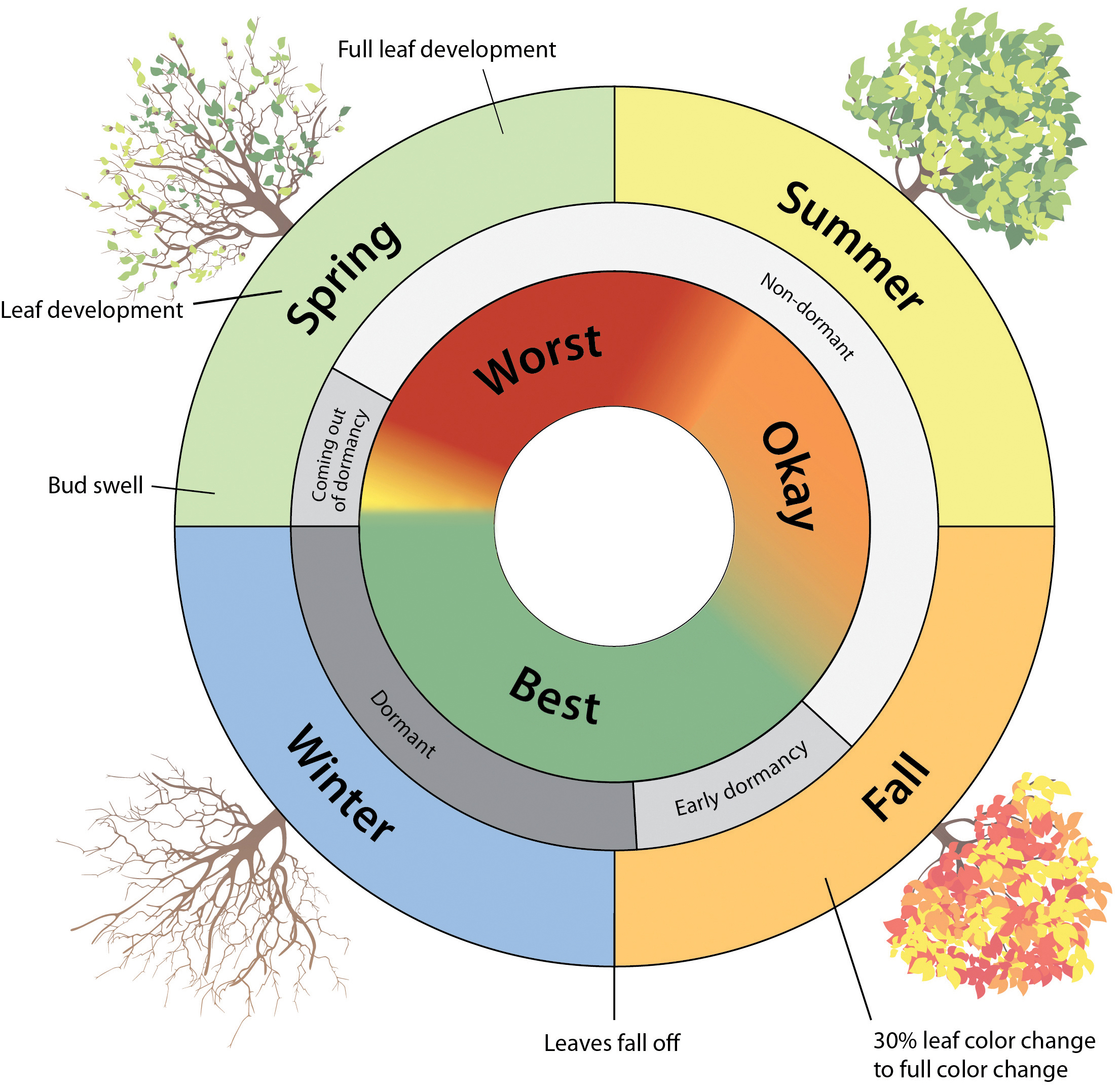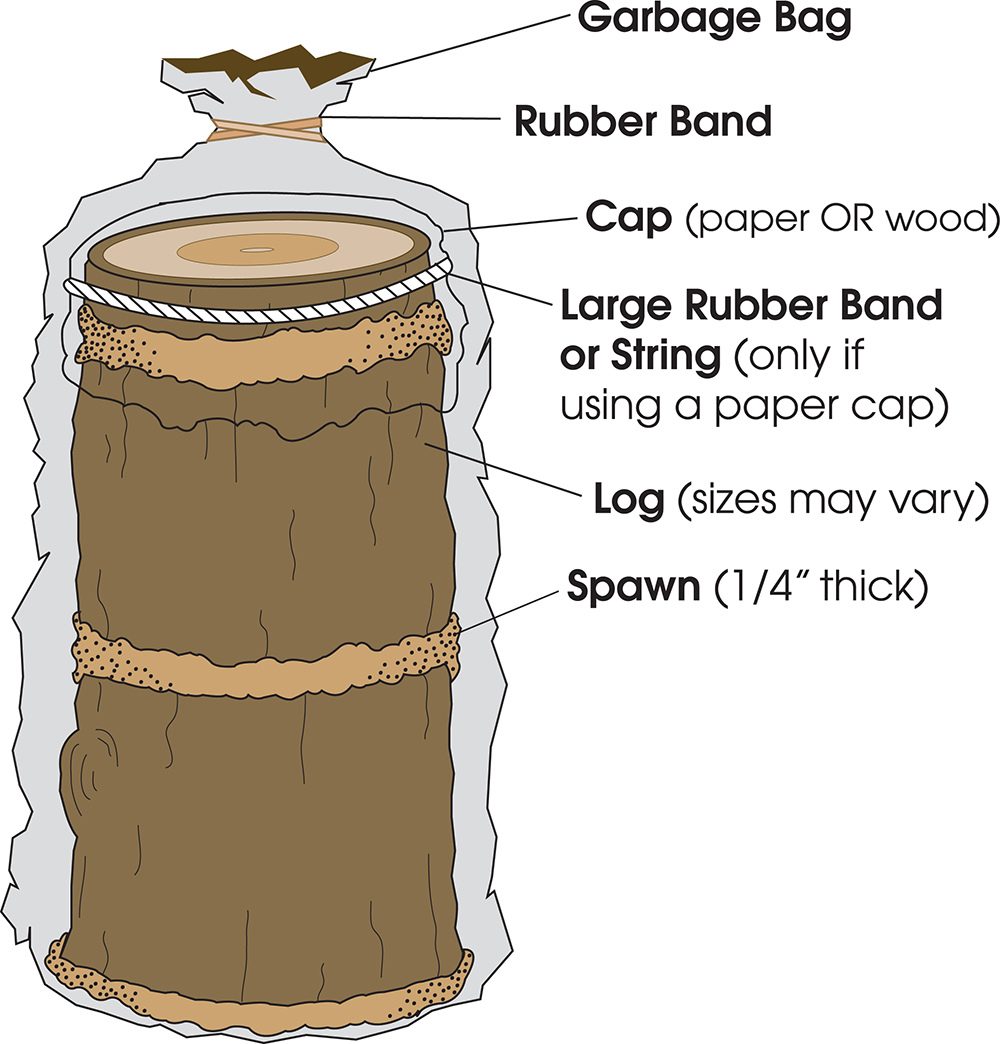Easy to Grow Mushrooms in Wood Chip Bags
There are a wide variety of mushrooms that are meant for outdoor growing. Depending on your resources you can grow mushrooms on anything from logs to straw- check out the various substrates which are listed below. For more detailed information on how to plant them, please refer to their linked instruction sheets.
Wood Chips
Wine Cap mushrooms thrive in wood chip beds. Hardwood chips work the best. We recommend avoiding pine, conifer, or other softwood unless they are very aged or only represent a small portion of the total Wine Cap bed. Construct beds easily by layering spawn between wood chips in a shady area directly on the ground.
Straw
Straw is a wonderful substrate to grow Wine Cap mushrooms on. To plant, soak straw 2-3 days in water, drain, and layer with spawn in a shady area directly on the ground. Heavily mulch over top to slow moisture loss.
Compost
There are several varieties of mushrooms that grow on mostly finished to fully finished compost. The Almond Agaricus is a heat loving Portobello mushroom variety that grows quickly and can fruit as soon as one month after planting. Compost can also be incorporated along with other organic material to create Wood Blewit bed. See "Organic Material" below for more information on growing these two mushroom varieties.
Organic Material
Wood Blewit grows well in beds constructed in a shady area outdoors. These mushrooms prefer a bed built with a mixture of organic materials - some fresh, partially or even fully composted. We recommend a mix of compost, bark, twigs, leaves, grass clippings, pine needles and more.
Logs
There are many mushroom varieties that grow on logs - Shiitake, Oyster, Lion's Mane, Comb Tooth, Reishi, Olive Oysterling, Nameko and Chestnut. Cultivating mushrooms on natural logs is a wonderful long-term method for mushroom production. A prime Shiitake log can fruit for 8 years or longer!
Important: Not all trees make good mushroom logs. As a general rule, hardwoods are ideal. Different tree species are better for certain mushrooms than others and there are a few recommendations for selecting ideal logs. See the chart below for information on which tree types to use for mushroom cultivation:
Tree Species/Mushroom Suitability Chart

Timing your Log Harvest for Best Results
The timing of tree cutting is important. Healthy, living trees without signs of disease should be cut during the dormant season (after the leaves change color in the fall up until the buds swell in the spring) and rested a minimum of 2 weeks prior to inoculating. This allows time for the tree's defense system to dieback. Protect the logs from drying out by storing them low to the ground (but out of the soil and leaf layer), out of the sun and wind, and where they can receive natural rainfall. Logs can be rested until inoculation for longer than 2 weeks, however there is increased risk of contamination and losing vital log moisture beyond 6 weeks.

Dormant Season Cut
Fall cut is best: Wood cells are not hardened and are easily invaded by mushroom spawn, allowing for a fast spawn run. However, inoculation is not practical in the North at this time unless logs can be placed in a climate-controlled incubation environment.
Winter - early spring cut logs: The stored nutrient levels in logs are still good, but will decline the closer you get to the trees reaching bud swell/break/leaf out stages.
Non-Dormant Season Cut
Late spring-summer cut logs: Stored nutrient levels in the logs is lower and will result in smaller mushroom crops and shorter log life. Storm damaged wood is often available at this time. Choose wood that comes down in mid-summer or later (see note below).
AVOID cutting logs from the period of leaf-out stage to 4-6 weeks later due to low nutrition in the wood and poor bark retention on the logs.
Logs can be cut to size for either the Drill-and-Fill Inoculation Method using standard sized logs (3-8" diameter x 36-40" length) or the Totem Inoculation Method using larger diameter logs (6-12" diameter x 6-12" length). Please see the instruction sheets for recommendations for planting specific strains.
Drill-and-Fill Inoculation Method
Drilling Pattern (for Lion's Mane and Comb Tooth)

Drill-and-Fill Inoculation Method
Drilling Pattern (for Shiitake, Oyster and all other log-grown mushrooms)


Totem Method General Diagram
Sterilized/Treated Logs
Maitake, Chicken of the Woods and Brick Cap also grow on wood logs, however, these varieties grow best when the log is treated prior to planting - either by sterilization, steaming, or boiling. Details for this process can be found in the Maitake and Chicken of the Woods instruction sheets.
stallingstheethem.blogspot.com
Source: https://www.fieldforest.net/category/growing-outdoors
0 Response to "Easy to Grow Mushrooms in Wood Chip Bags"
Enviar um comentário